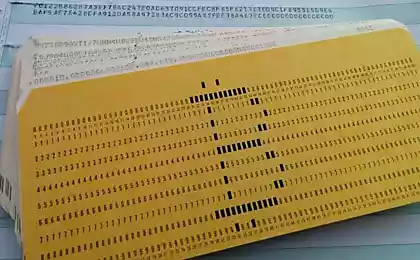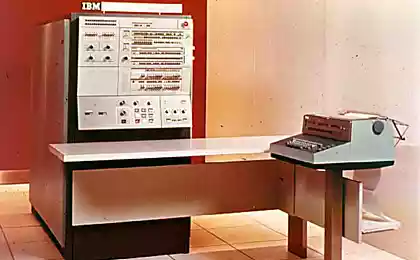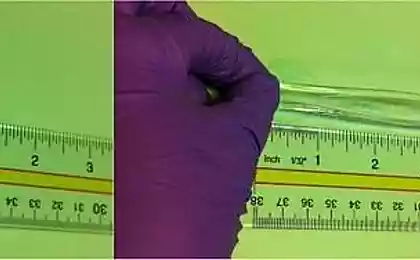560
Solar sunflower from IBM produce electricity and water
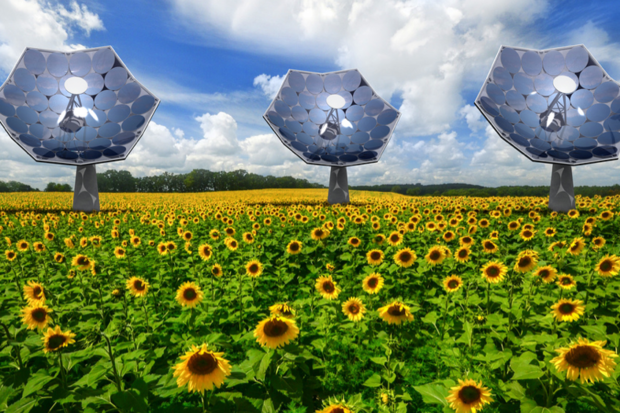
Research organization, IBM Research, together with private Swiss company Airlight Energy, specializing in the manufacture and supply solar technology for large scale production, announced the release of a new dish parabolic reflector that intensifies the solar radiation 2,000 times, while simultaneously producing fresh water and cleaning the air.
New Concentrator Photovoltaic System (Concentrator PhotoVoltaics (CPV)) uses a dense array of water-cooled solar cells which preobrazovan up to 80% of solar radiation into useful energy.
CPV looks like a 10-meter-high sunflower that can generate 12 kilowatts of electricity and 20 kW of heat on a Sunny day – enough to power several average homes, according to Bruno Michel (Bruno Michel), leading scientist of this project at IBM Research, Switzerland.
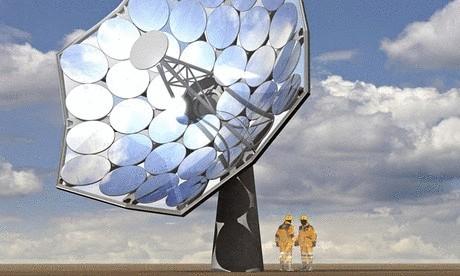
The mirrors focus the sun on solar cells to generate electricity. The point of origin of silicon solar cells is in the region of 1500 degrees Celsius. But IBM scientists, using the experience of building supercomputers able to achieve relatively high operating temperature of 105 degrees Celsius, the cooling elements with water.
A very dense array fotoelektricheskie elements, electric mirrors and receiver covered with an inflatable clear plastic dome for weather protection.
IBM and Airlight Energy are currently working on the technology, the first sale of which is planned in 2017.
Besozzi Ilaria (Ilaria Besozzi), Manager business development at Airlight Energy, said that the CPV system will be positioned on the market for use in urban environments and in geographically remote areas.
The system is not suitable for installation on roofs, as it weighs about 10 tons and is 47 yards square; instead, the system will perfectly fit as a source of supply for trade or commercial centers, hotels and resorts.
The CPV system has been around since the 1970-ies and used either lenses or curved mirrors to concentrate sunlight onto small area photovoltaic cells, increasing the amount of electricity generated.
Traditional PV solar systems that are usually installed on the roofs of buildings, have an efficiency of about 15-20%. Typically, the CPV system magnifies radiation from the sun about 500 times, the system IBM/Airlight increases the rate in 2000 times, while achieving efficiency of 80%.
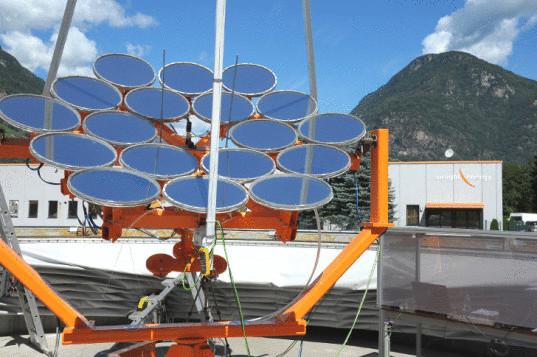
Since solar rays are concentrated on photovoltaic arrays, the entire array requires intensive cooling in order to remain in the working temperature range. Saponina water radiator system, designed for cooling "sunflower", can simultaneously supply hot water for heating and to provide air conditioning using absorption chiller.
Hot water can then be used in an attached desalination system that creates drinkable water by passing it through a membrane, similar to Gortex (breathable waterproof membrane, used in clothing and shoes).
The CPV system, which occupies 40 square meters, can produce almost 1320 gallons of water a day, according to Besozzi.
IBM and Airlight argue that the CPV system produces 30 to 40 liters of drinkable water per square meter of receiver per day, produces the electricity with an efficiency of more than 25% or 2 kWh per day – "a little less than half the daily water needs of the average person".
In its promotional material the company claims that "most megatallica the installation will be able to supply water to a city."
"Since the project is in the pilot phase, the company does not disclose prices," says Besozzi. But because the new reflector is made of less expensive cement and aluminum, it costs 4-5 times cheaper than similar systems, usually CPV systems are made of glass and aluminium.
The parabolic dish reflector has 36 systems mirrors with a thickness of 0.2 mm, made of foil obtained from recycled aluminium and coated with silver. The thickness of the elements a little more than a foil for wrapping of chocolate.
Photovoltaic cells, similar to those used on satellites now orbit the Earth, mounted on the microstructures, consisting of miniature tubes, the thickness of a few tenths of a micron, through which is pumped water, consuming heat and carrying it from the elements to the heat exchanger. According to IBM, such a system "is 10 times more effective than passive air cooling."
On the basis of the design, engineers at IBM suggest that the system life will be approximately 60 years with proper maintenance.
During this time, however, is made of aluminum foil mirror will have to be replaced every 10-15 years depending on the conditions of the environment. The company also said that they themselves fotoelektricheskie elements will require replacement every 25 years.
Source: facepla.net
